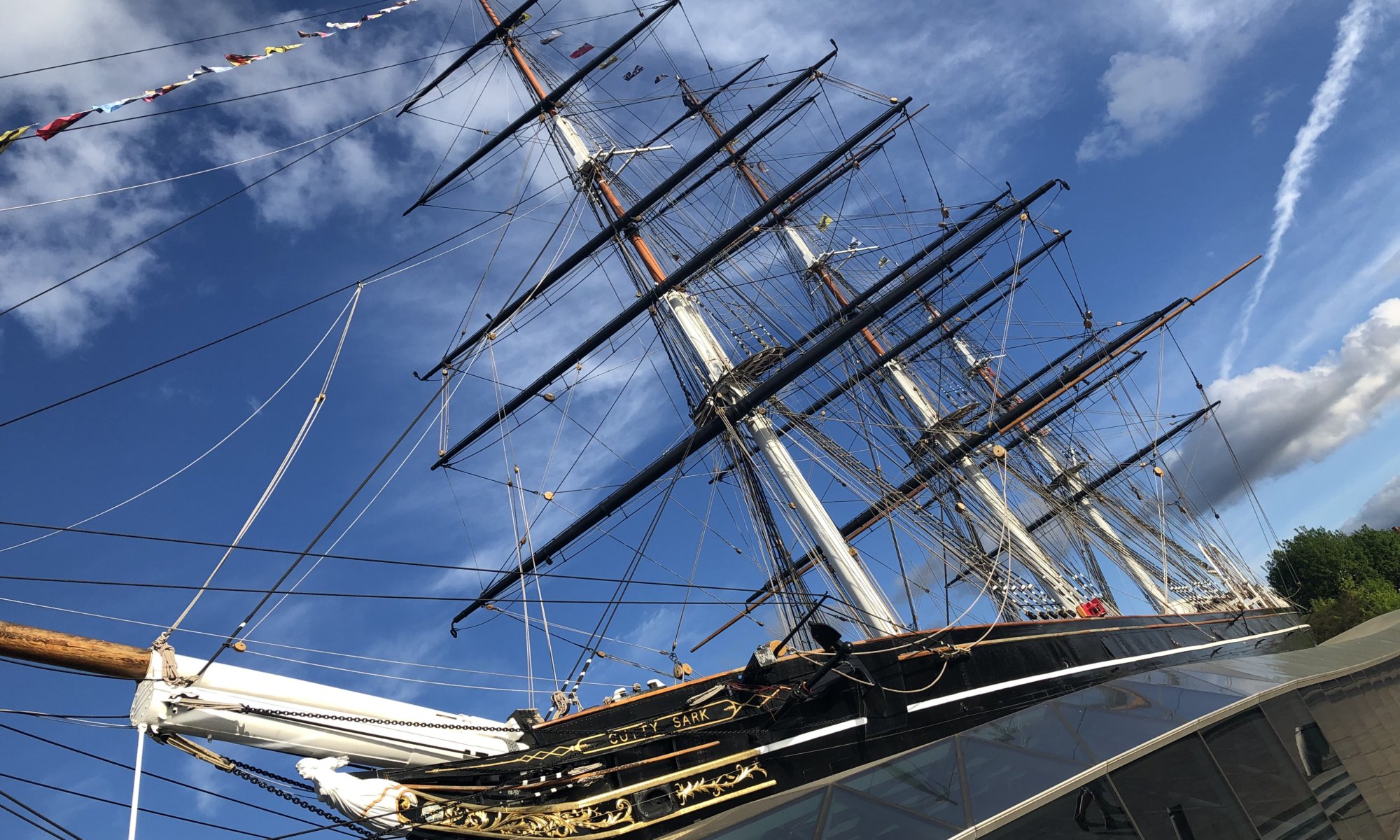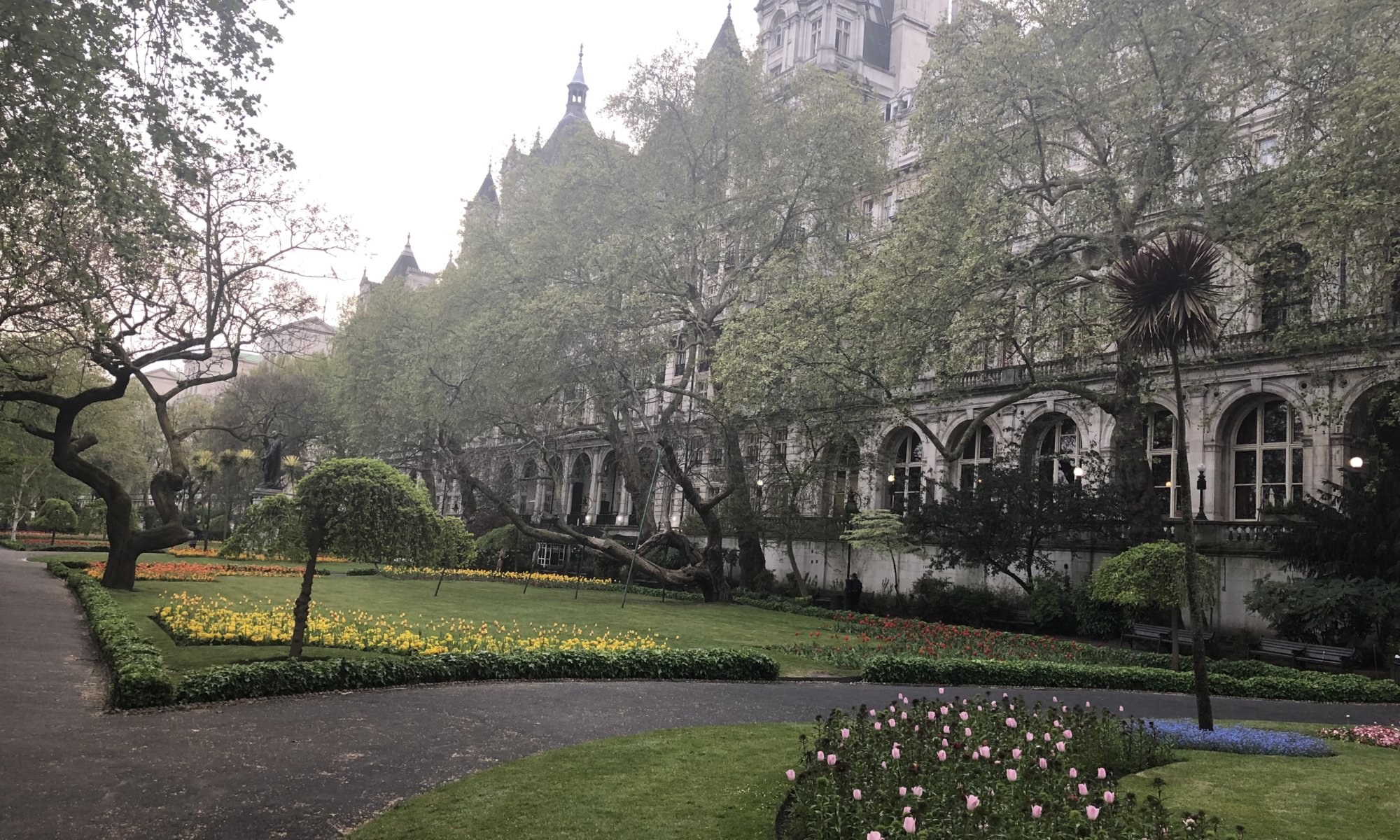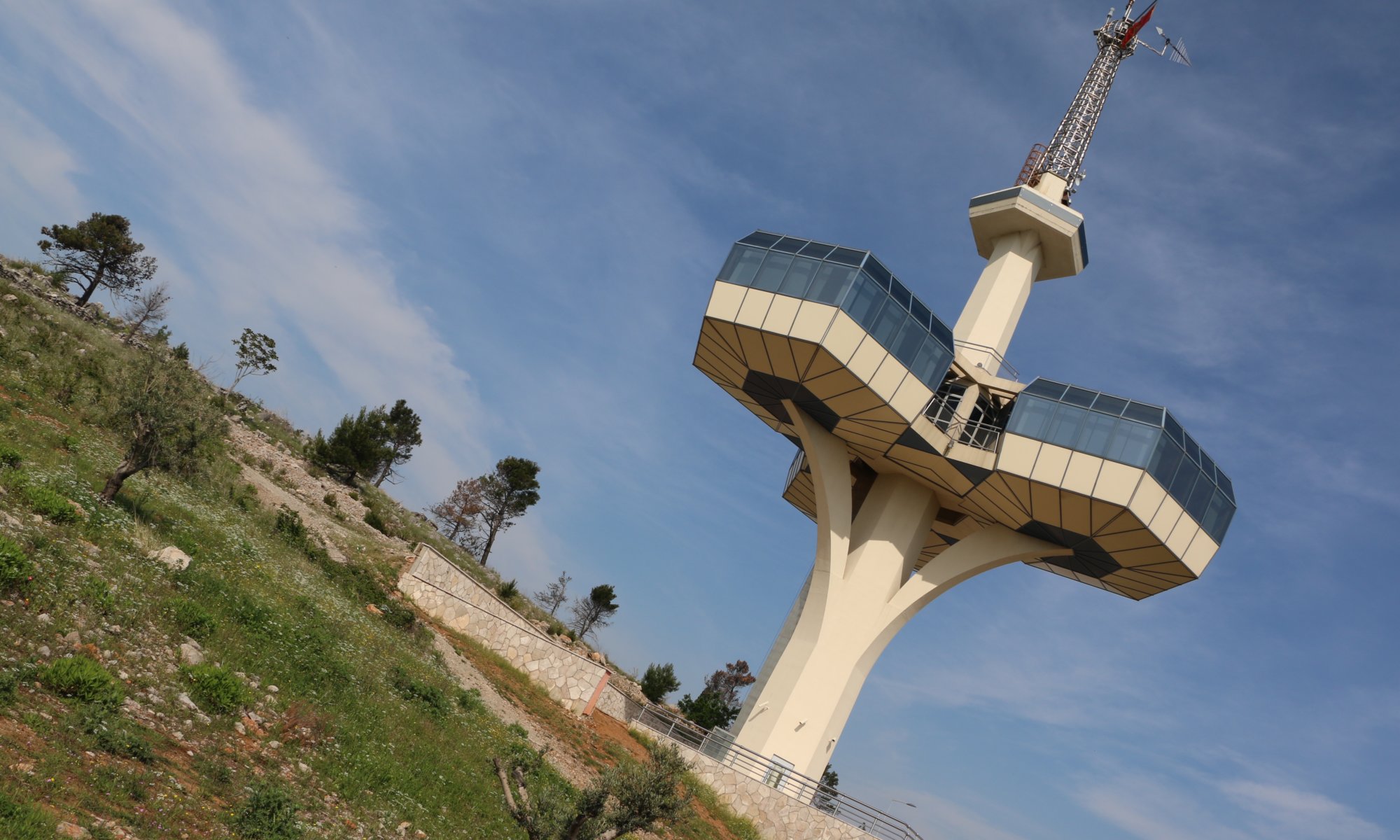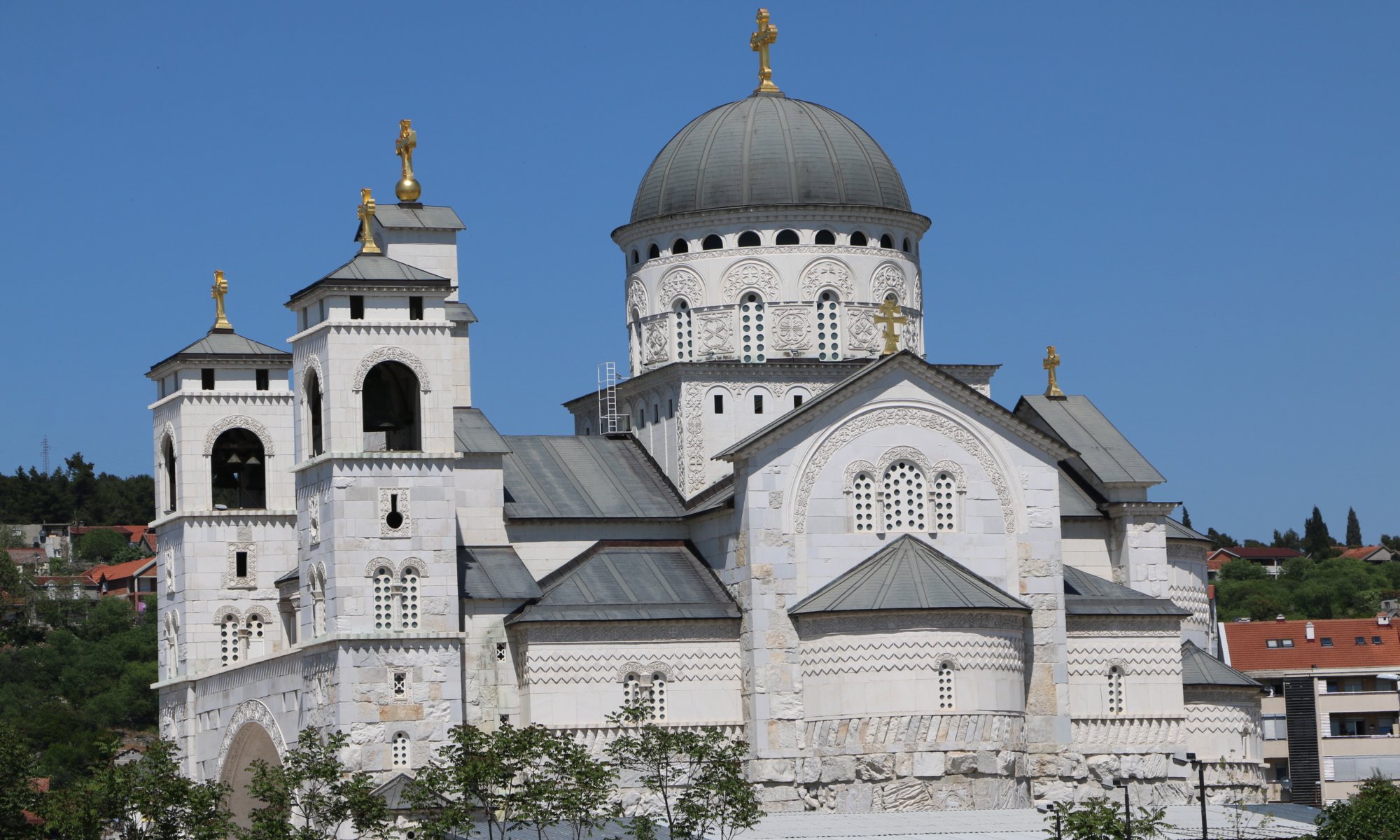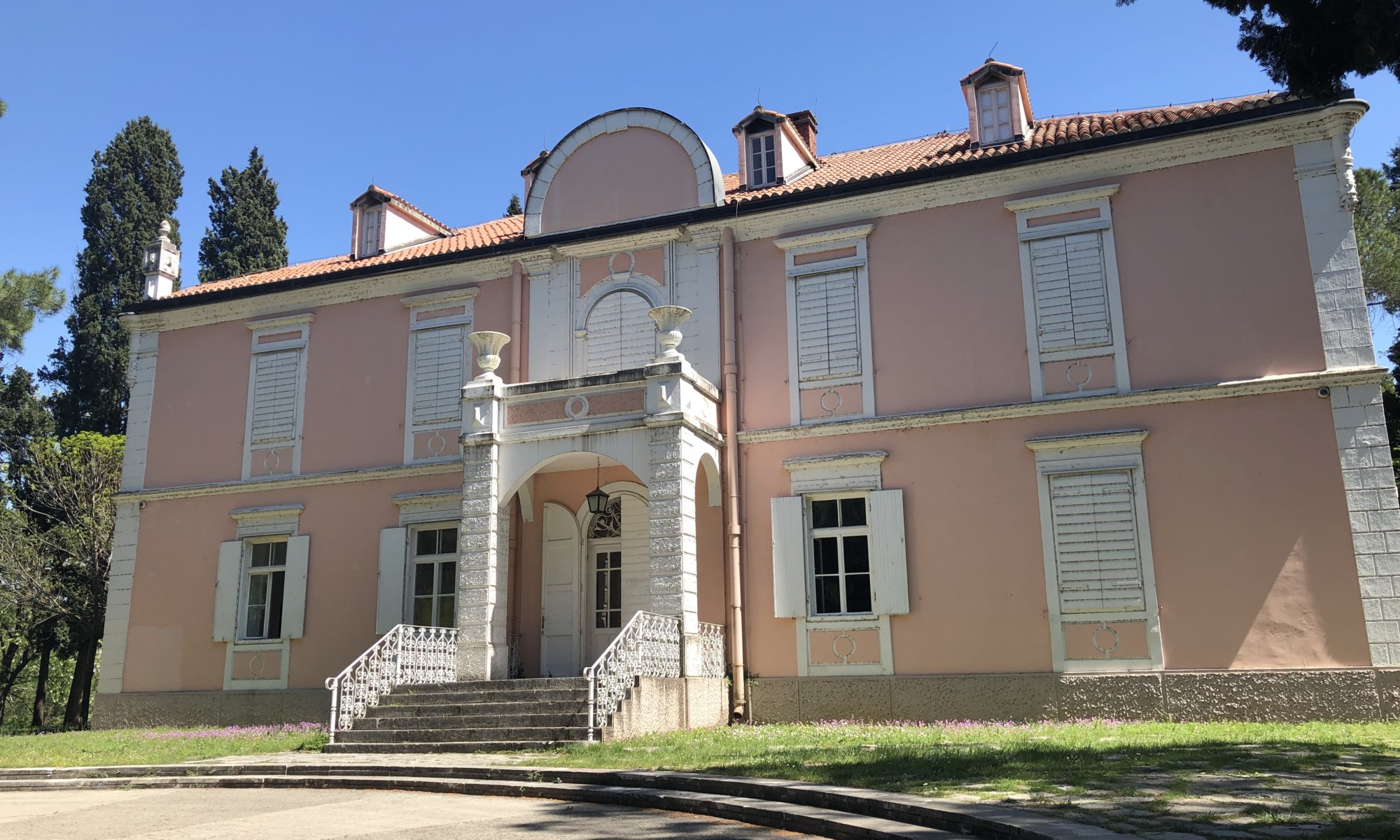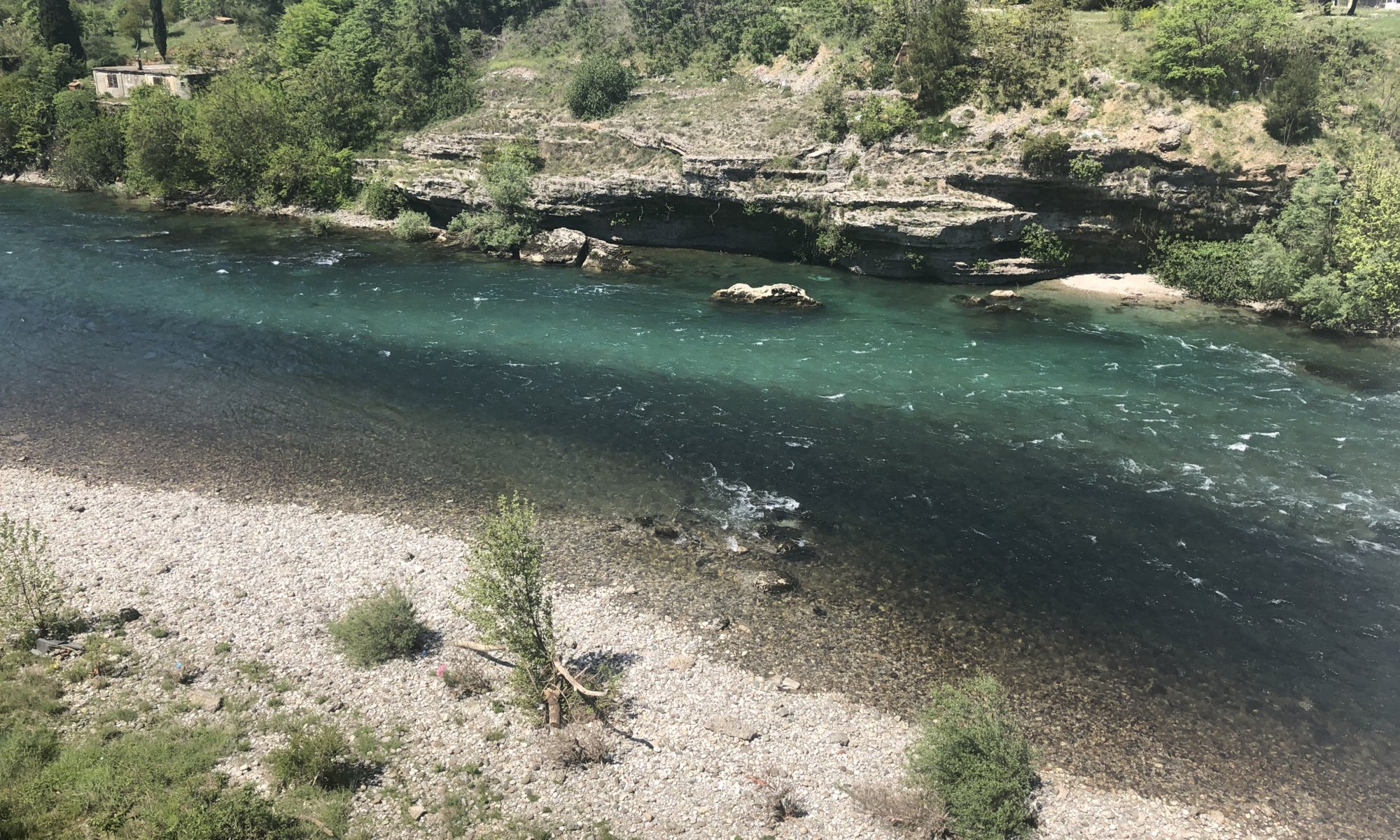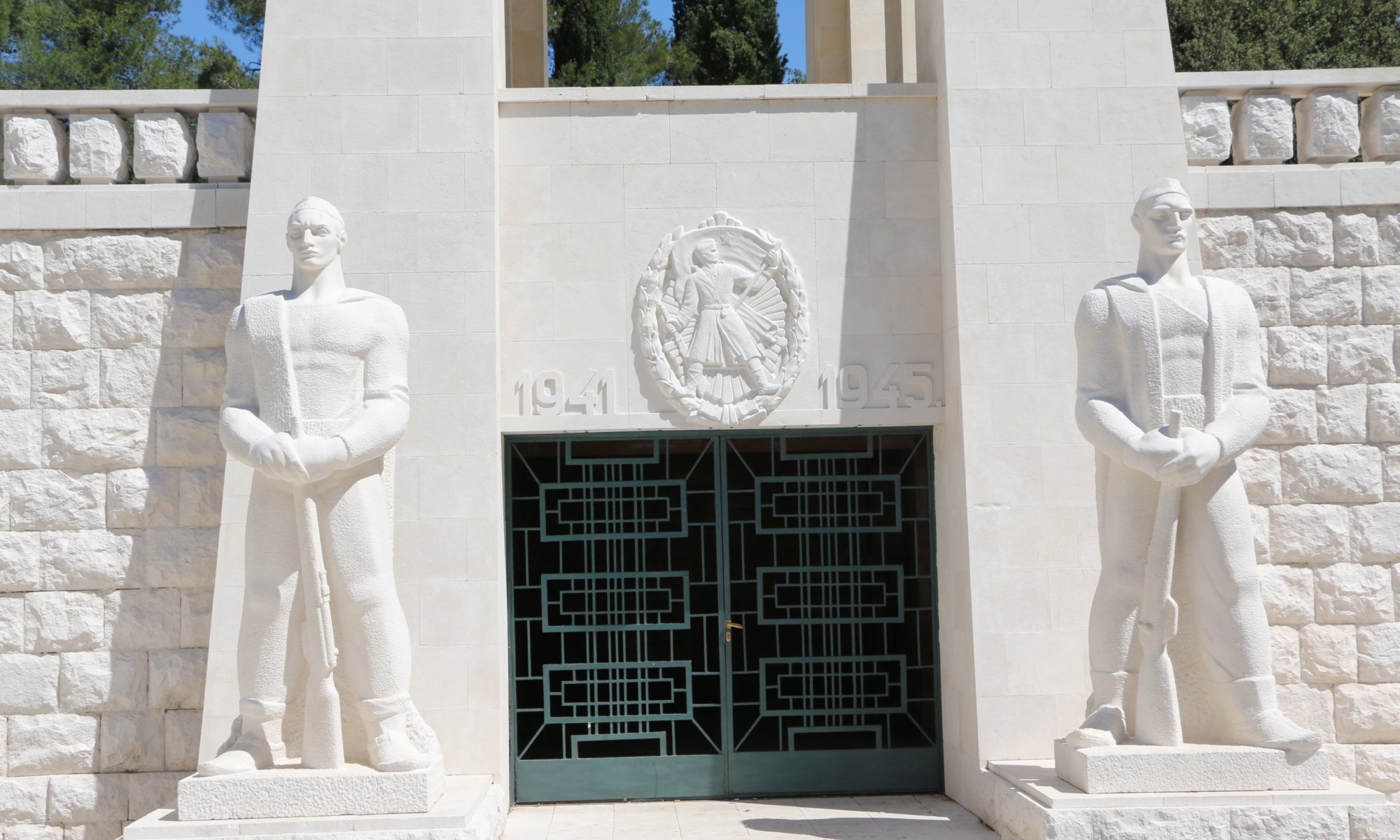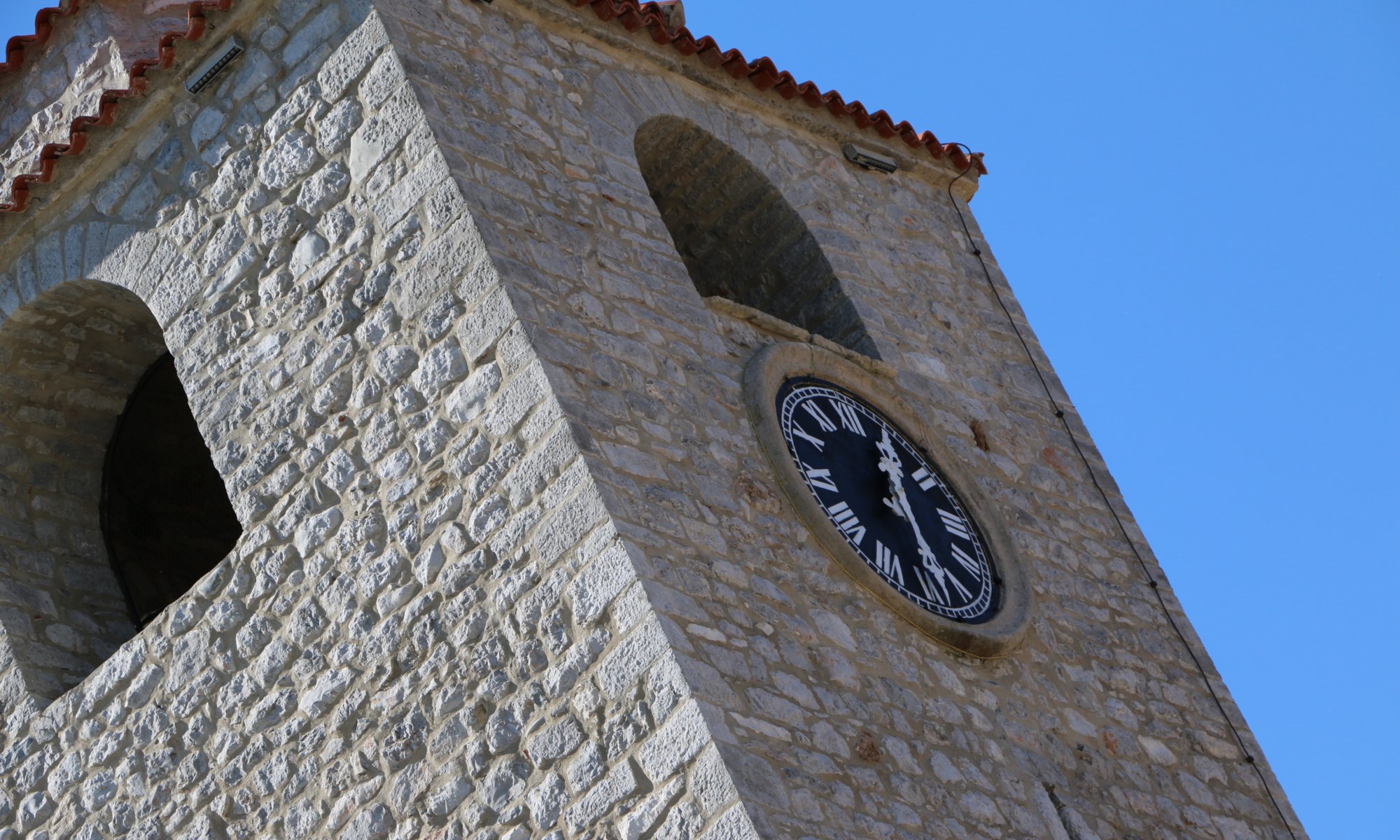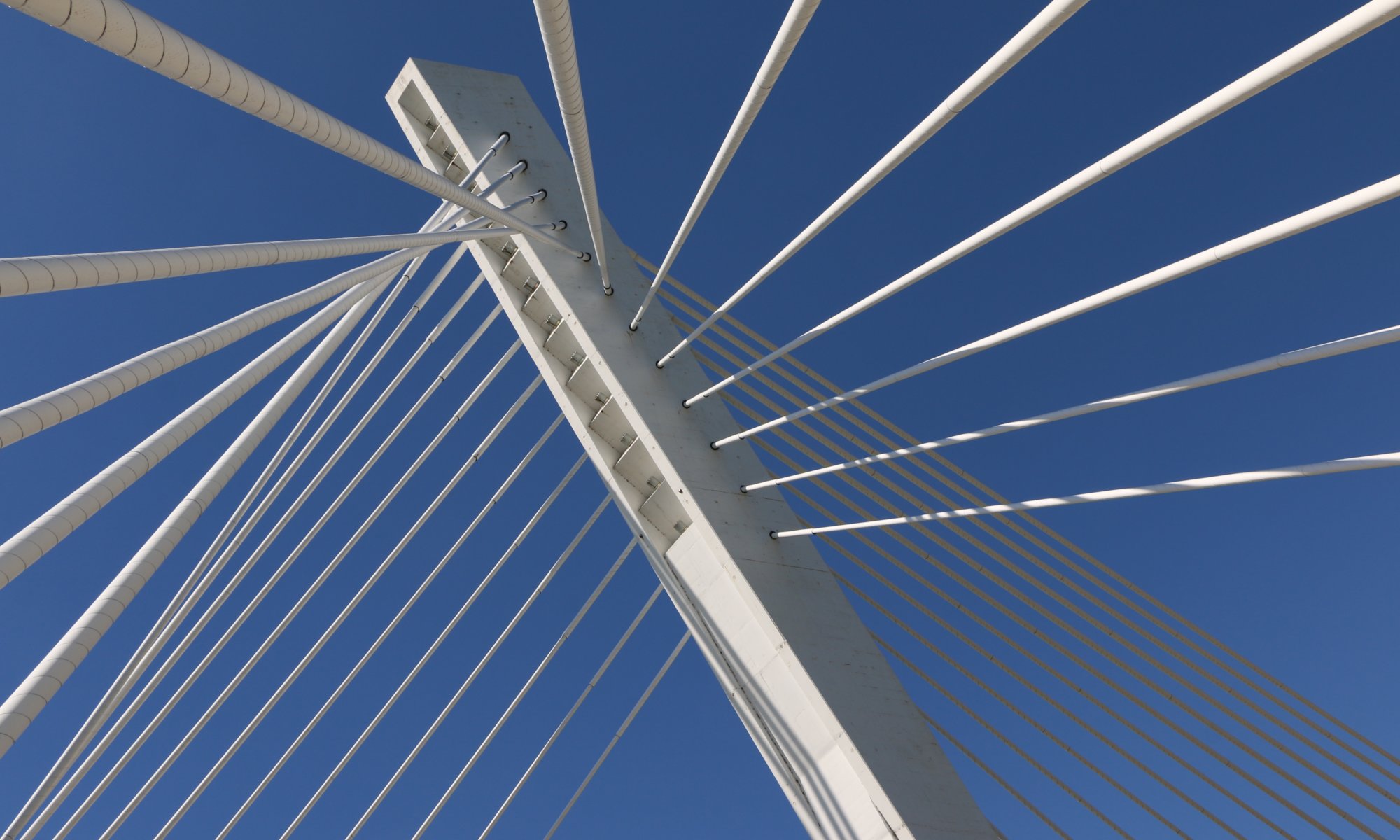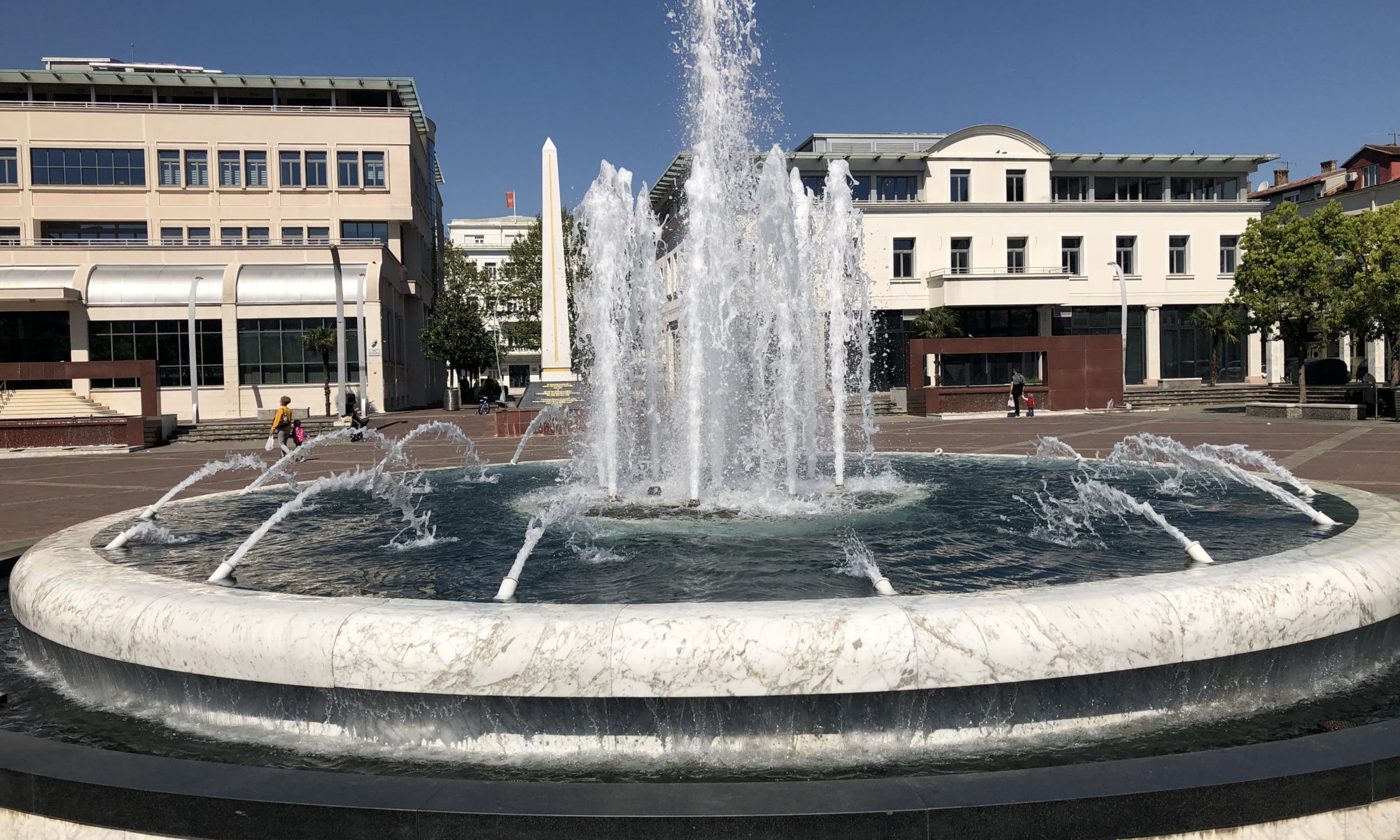I can’t go to London, England without visiting the river Thames. Even if I’m just on a short business trip I have to walk through the city to get to the water. Sometimes I just walk along the river from the Millennium Bridge to the Tower Bridge or from Embankment to Westminister. Sometimes I like to have a beer on the water at Tamesis Dock. Another wonderful place with good views is the Greenwich Pier where you can also admire the Cutty Sark.
Continue reading “Cutty Sark”Whitehall Gardens
After watching the movie ‘Notting Hill‘ with Hugh Grant (‘Whoopsidaisies!‘) and Julia Roberts (‘Can I stay for a while?‘) we all know that there are numerous small gardens throughout London, England – some private, some available to the public. One of the latter is located near the river Thames between Embankment and Westminister. If you can distract your eyes from the river and London Eye and walk on the other side of the street you can find Whitehall Gardens.
Continue reading “Whitehall Gardens”Toranj na Dajbabskoj Gori
Not far from the city of Podgorica, Montenegro on hill Dajbabska Gora you can find a radio tower built between 2008 and 2011, the Toranj na Dajbabskoj Gori. It became one of the towns landmarks and can be seen from everywhere – especially when it is lighted up at night. It is 55 meters high and many people visit it.
Continue reading “Toranj na Dajbabskoj Gori”Unusual cathedral
The Cathedral of the Resurrection of Christ at Podgorica, Montenegro is a special one. It was consecrated only in 2013 after 10 years of construction works and belongs to the Serbian orthodox church. It is a shiny new church that comes with all the pomp an orthodox church needs to have.
Continue reading “Unusual cathedral”Dvorac Petrovića
You shouldn’t expect too much when reading about the king’s palace at Podgorica, Montenegro. It is a nice building within the Kruševac park near river Morača, it was built in 1891 and became the winter palace of king Nikola of Montenegro. Later the building was used as a school, a hospital and today it is a museum.
Continue reading “Dvorac Petrovića”Morača
The river Morača is a nearly 100 kilometers long stream at Montenegro that begins at the mountain Kapa Moračka and ends at the Lake Skadar. In fact it is the most important water source for the biggest lake of the balkans. The Morača changes its appearence from the mountains to the lake but it is the most time a river who cuts deep into the rocks. It can’t be used for shipping but it is a good place for water sports.
Continue reading “Morača”Partisan memorial
When the inhabitants of Podgorica, Montenegro want to go for a walk and enjoy the forest they often go to a hill behind the stadium Pod Goricom. There you can have a nice walk, buy ice cream and popcorn along your way and there is also a nice garden with mediterranean plants. Another reason to get there was and is the partisan memorial ‘Spomenik Partizanu Borcu‘.
Continue reading “Partisan memorial”Sahat Kula
Close to the old Osman quarter (Stara Varoš) of Podgorica, Montenegro you can find the clocktower Sahat Kula. It is a landmark of the town and its location is no suprise as such clocktowers are not only a symbol of richness – but also of Islam. It is a 19 meters high tower made of stone built in 1667 and financed by Hadži-paša Osmanagić after whom also a mosque close-by is named.
Continue reading “Sahat Kula”Millenium bridge
The Most Milenijum is a futuristic bridge crossing river Morača within the city of Podgorica, Montenegro. Soon after its opening on Montenegro’s National Day in 2005 it become one of the towns landmarks. The bridge was designed and built by a Slovenian company and is 173 meters long.
Continue reading “Millenium bridge”Trg Republike
The main square of Podgorica, Montenegro is called Trg Republike (‘Republic square’, also called ‘independence square’) and can be found next to the government buildings. The city structure is a bit special and you won’t find the main square in the center of the city as you would expect it – there the old Osman area is located. Instead you have to go to Nova Varoš, the new town. On the square there is a large Italian fountain and a memorial in form of an obelisk.
Continue reading “Trg Republike”
